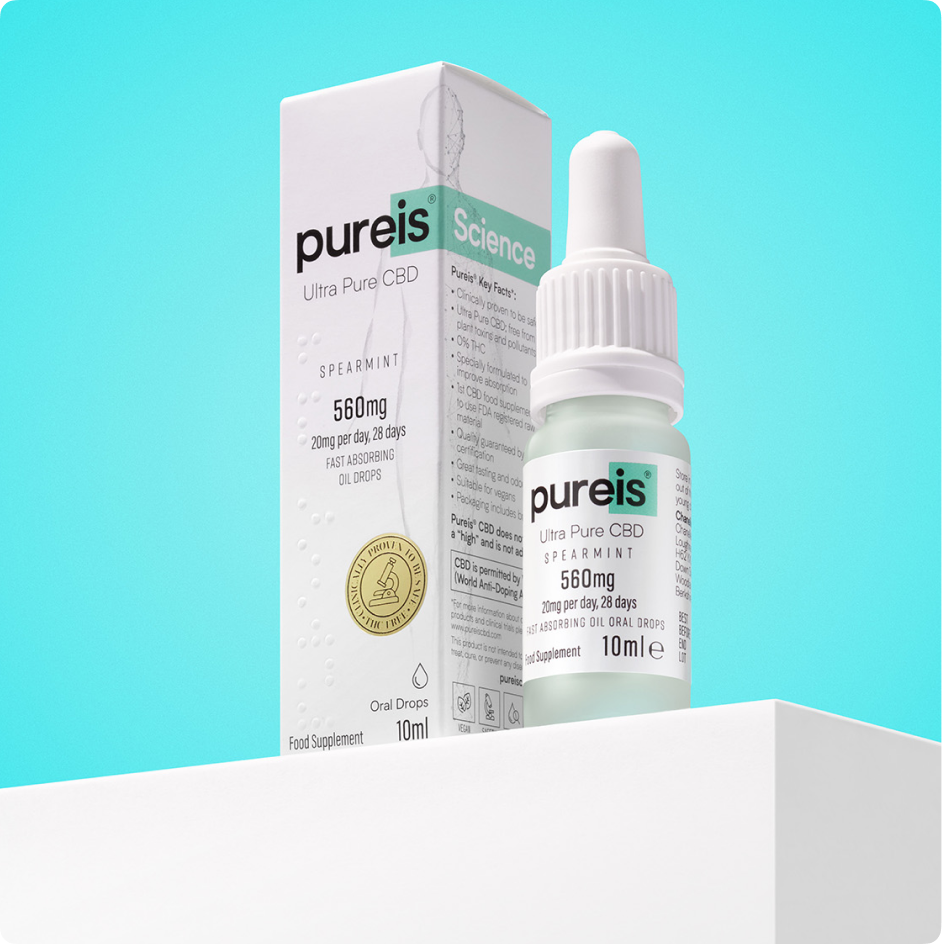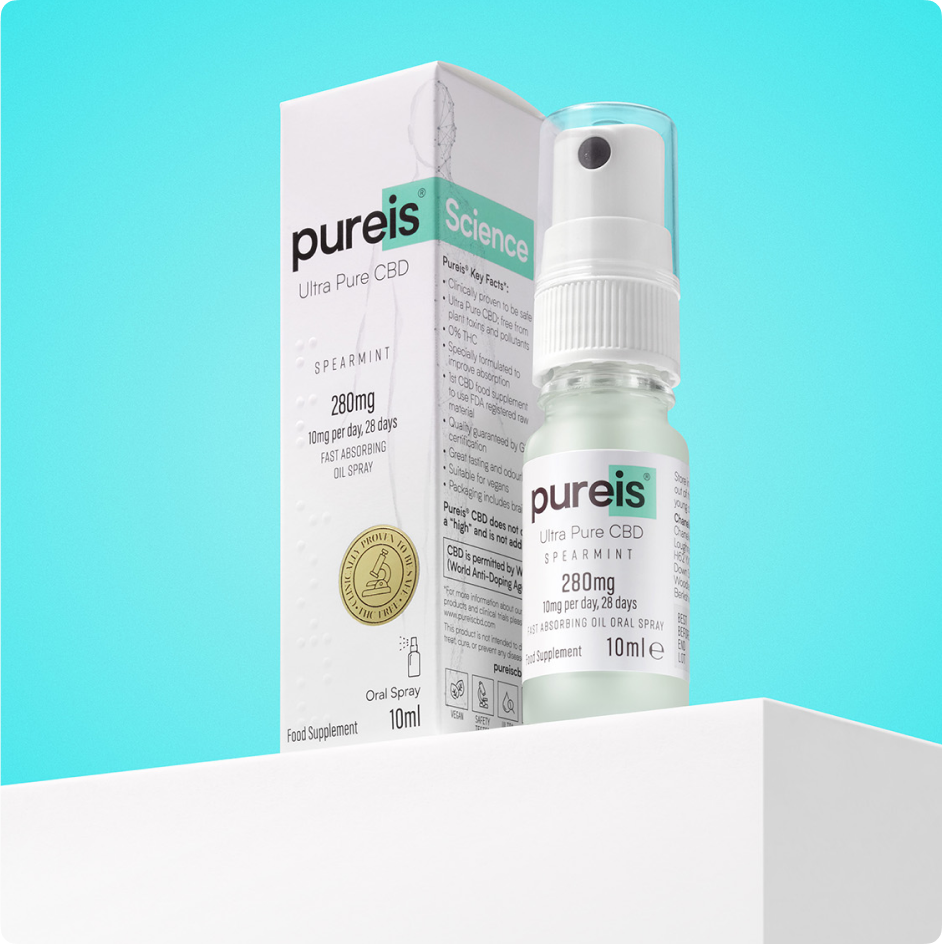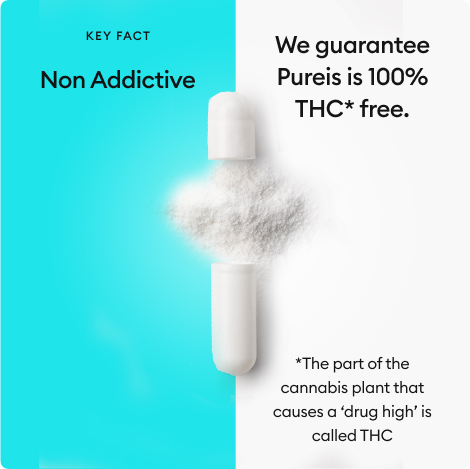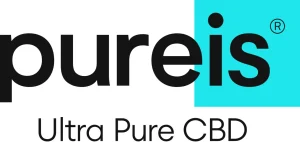Choosing a format and dose
1 of 3
Have you used CBD before?
Select one of the following options
Your recommendation dosage is:
Recommended dosage:
Here’s a product you can use to get started:
Here are products you can use to get started:
Choosing a dosage and format
Everyone is different, so we've designed Pureis® to work across 3 formats - capsules, drops, or an oral spray - with each available in two strengths.
Shop CBD
Explore our range of specially formulated Ultra Pure CBD oils, sprays and capsules and restore some balance in your life.












